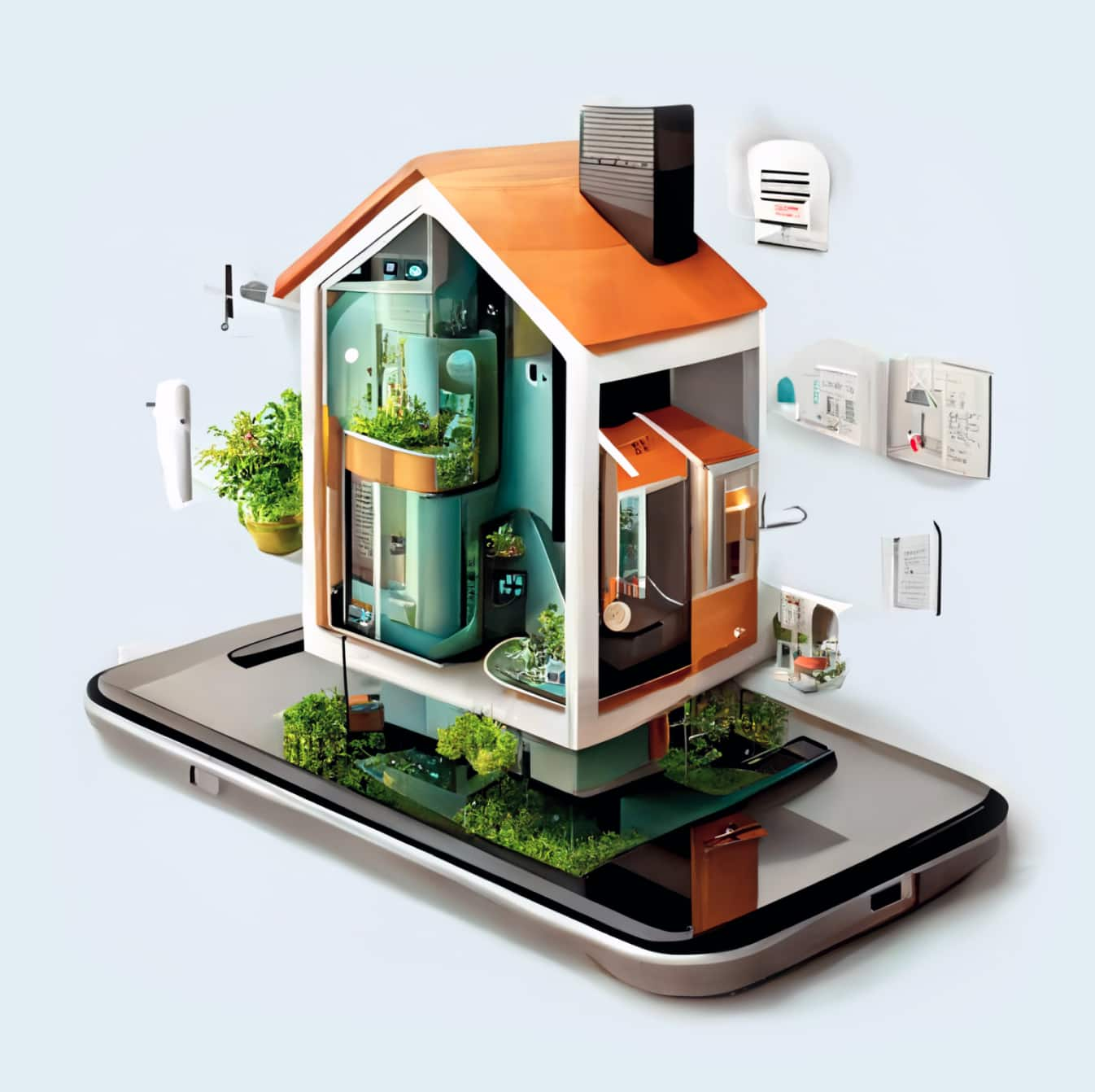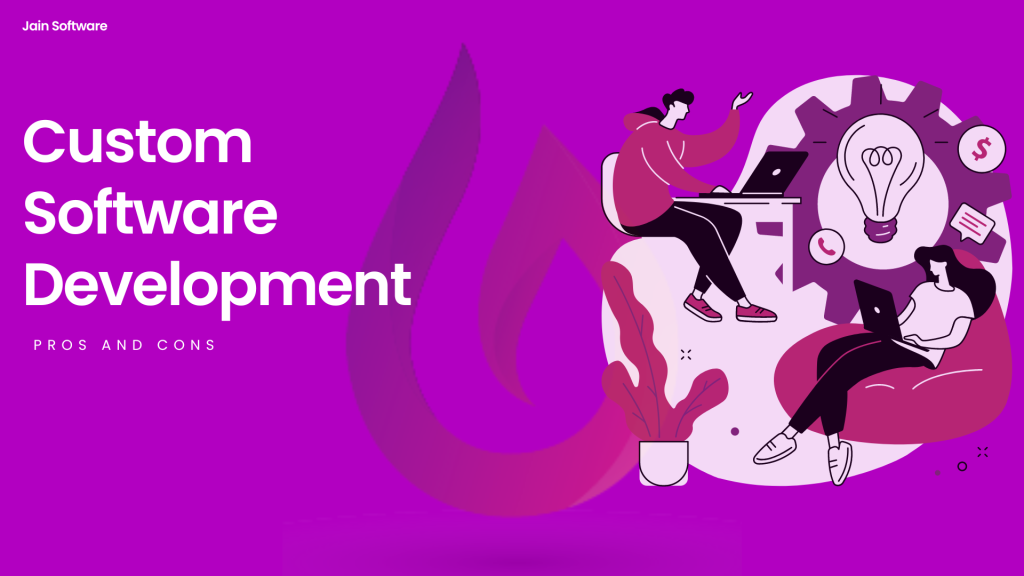Transforming Governance: Local Government and Municipal Software Solutions in Raipur
In Official BlogIntroduction:
In this competitive era of urban growth, municipal authorities and local government adopt modern technology for optimizing efficiency. It is not surprising that Raipur, a bustling city in central India. In this blog post, we will discuss what software solutions can do to resolve the specific needs of Raipur’s local government and municipal officials.
I. The Current Scenario in Raipur:
Raipur is a city with an increasing population and the proliferation of its urban infrastructure such that it presents numerous challenges in providing good governance. Modern management approaches are needed to address complexities associated with managing public services, infrastructure development and citizen interactions. In most cases, however, the existing methods fail to work effectively and technology-driven solutions are subsequently embraced in order for an increasingly urbanized population can be satisfied.
II. Custom Software for Local Government:
Administrative Efficiency:
With local government software, the administrative processes can be simplified enabling easier coordination and communication between various departments in a town. Document management, collaboration of employees and workflow automation can make efficiency easier by means of modules.
Public Service Delivery:
The use of software solutions can be effective in providing public services. Online gateways and mobile apps make it possible for citizens to access information, pay bills and order services easily by removing most of the bureaucratic barriers.
Financial Management:
Municipal software can provide strong financial management tools that help with budgeting, accounting and cash collections. This guarantees openness and accountability in financial dealings that further leads to better fiscal discipline.
III. Citizen Engagement and Participation:
Online Portals for Citizen Interaction:
The development of citizen-friendly digital gateways enables citizens to interact with local government agencies conveniently. This involves writing complaints, giving answers and taking part in public arenas to encourage community participation.
E-Governance Initiatives:
E-governance initiatives based on software solutions can be beneficial for the city of Raipur. These projects may focus on digitizing civic records, introducing online voting systems to improve access and participation in local governance processes.
IV. Infrastructure and Urban Planning:
GIS-Based Solutions:
GIS software can help in effective urban planning and infrastructure development. Mapping tools help municipal authorities with gaining insight into land use, traffic patterns, and environmental factors that inform their decisions.
Smart City Solutions:
It is possible to achieve the ambition of Raipur becoming a smart city through software solutions that use technology in making changes with urban infrastructure. One of the ways in which a sustainable and efficient urban environment can be created is by using smart grids, waste management systems, and intelligent traffic solutions.
V. Addressing Challenges:
Data Security and Privacy:
Software solutions have to carry strong security methods for data that is sensitive from citizens. Cyber threats can be prevented through encryption, secure access controls, and periodic audits.
Integration Challenges:
The best local government software solutions are those that integrate with existing systems and avoid disrupting operations. Integration challenges can be addressed in a phased approach to implementation with extensive testing.
VI. Case Studies and Success Stories:
Digital Raipur Initiative:
Mentioning particular cases in which the implementation of these local government software solutions had a positive effect on Raipur. This may also include success stories from diverse departments that resulted in the tangible benefits of technology adoption.
Citizen Testimonials:
Adding citizens’ feedback about enhanced services or higher level of engagement that led to the adoption of software solutions.
In summary, the implementation of local government and municipal software solutions in Raipur is a crucial step towards modernization governance while improving citizen services as well developing sustainable urban development. With the advent of innovative technology, Raipur can meet leakages triggered by landscape.
The use of custom software that is designed according to the requirements unique for Raipur’s local government brings with it a wide range of advantages. These solutions, among others like streamlining administrative processes; improvement of financial management and public service delivery give municipal bodies the power to work with more efficiency and high level transparency. With its rapid development, managing urban infrastructure and services becomes more difficult in Raipur; so the necessity is not a luxury.
In addition, citizen participation and engagement take center stage in the software-driven transformation. online portals, e-governance initiatives and smart city solutions empower residents to take part in civic concerns providing a sense of participation. By ensuring openness, encouraging online communication and citizen input into government planning processes the local government of Raipur can develop stronger relationships with her residents enhancing inclusion:
The issues of data security and integration should not be underestimated. Still, considering the strong security measures and a systematic staged process of integration that Raipur’s local government takes can handle these challenges effectively. Providing security in regard to the sensitive data of citizens and integration with current platforms will also be essential for harnessing technological developments at their fullest potential.
As for the future, Raipur’s digital transformation pathway is followed by success stories and case studies from other cities dealing with similar difficulties. The experiences and wisdom accrued from the deployment of municipal software solutions will not only help Raipur grow but also be relevant to India’s development into a smart connected nation.
Basically, local government and municipal software solutions pave the way to a better administration which is resilient, receptive and for its citizenry of Raipur. By adopting technology, the city is not only facing contemporary challenges but also laying a foundation for its governance infrastructure that will be able to respond to changing requirements of current residents and stakeholders. The trip to the digital perfection is a proof of Raipur’s strive in advancement and innovation for serving their powerful society.







